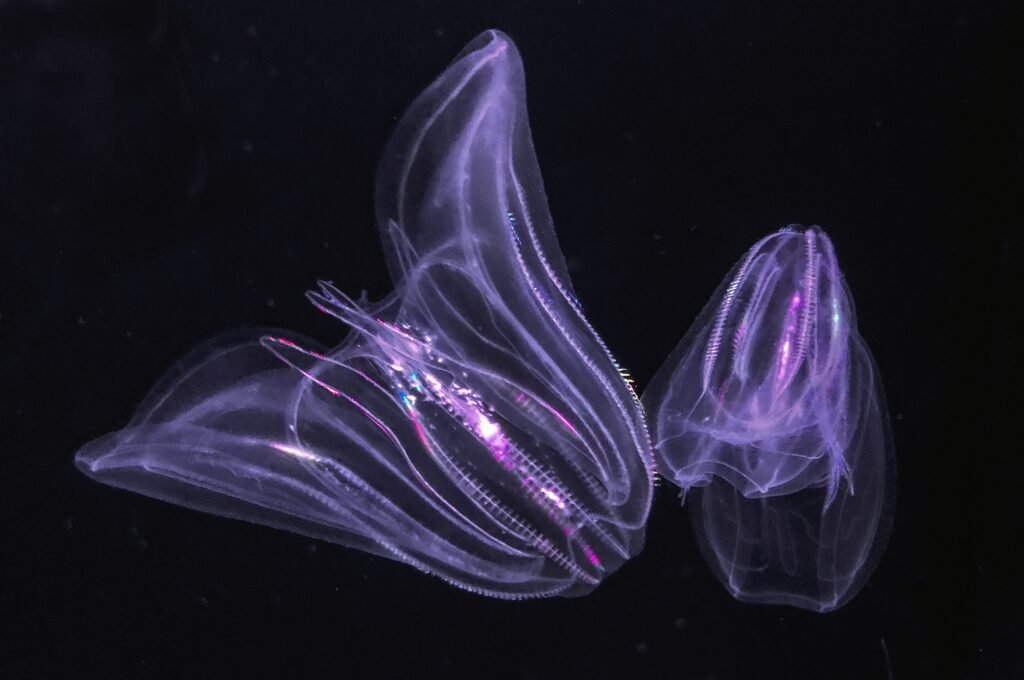Scientists detected seven ghost particles at the South Pole
The scientists, who have been working at the IceCube observatory have detected seven ghost particles at the South Pole. The South Pole is the southernmost point on Earth located in Antarctica.
Scientists at the IceCube observatory telescope detected seven strange and rarely seen possibly “ghost particles” passed through Earth. The IceCube’s signals made it likely that the particles were astrophysical tau neutrinos.
However, these signals are significant for communicating between people and powerful events in space. Neutrinos are matter particles that have no mass or charge. They move through space at the speed of light. They don’t engage with anything because of those conditions.
Neutrinos like these move through the body about 100 trillion times every second. This is why neutrinos are sometimes referred to as “ghost particles.”
These particles are called “astrophysical neutrinos” when high-energy neutrinos come from space at the edge of the Milky Way. Electric neutrinos, muon neutrinos, and tau neutrinos are three types.
Things like these ghost particles are hard to find and the task of the IceCube observatory (deeply buried at the South Pole) is to find them. IceCube telescope detected these astrophysical neutrinos or ghost particles for the first time since 2013.
Doug Cowen is co-leader of the research study and professor of physics at Penn State University. Doug said they found seven particles possibly “astrophysical tau neutrinos.” They also believe it is impossible that something else caused these neutrinos.

Click here to read updates on Saturn’s rings show mysterious shadows through the Hubble Telescope
According to Doug, the discovery of these astrophysical tau neutrinos also confirms the earlier discovery of scattered astrophysical flow by the IceCube telescope in 2023.
However, the IceCube observatory has used a series of metal balls called digital optical modules or DOMs buried in ice to find neutrinos that pass through Earth.
IceCube has 5,160 DOMs buried deep in Antarctic ice. Hence, they wait for neutrinos to interact with molecules in the ice and produce charged particles.
Read More:
- Sea creature turns into a baby when it is stressed out showing time travel
- Realme Narzo 70 Turbo 5G launch date, features, specifications & price
- European Space Agency printed 3D metal part in space for first time
- Earth’s mysterious Alaska triangle where over 20,000 people disappeared
- Philips Hue launched a new smart lighting solution for kitchen
- NASA to launch life-searching spacecraft to Jupiter’s moon Europa
Share this content:










Post Comment